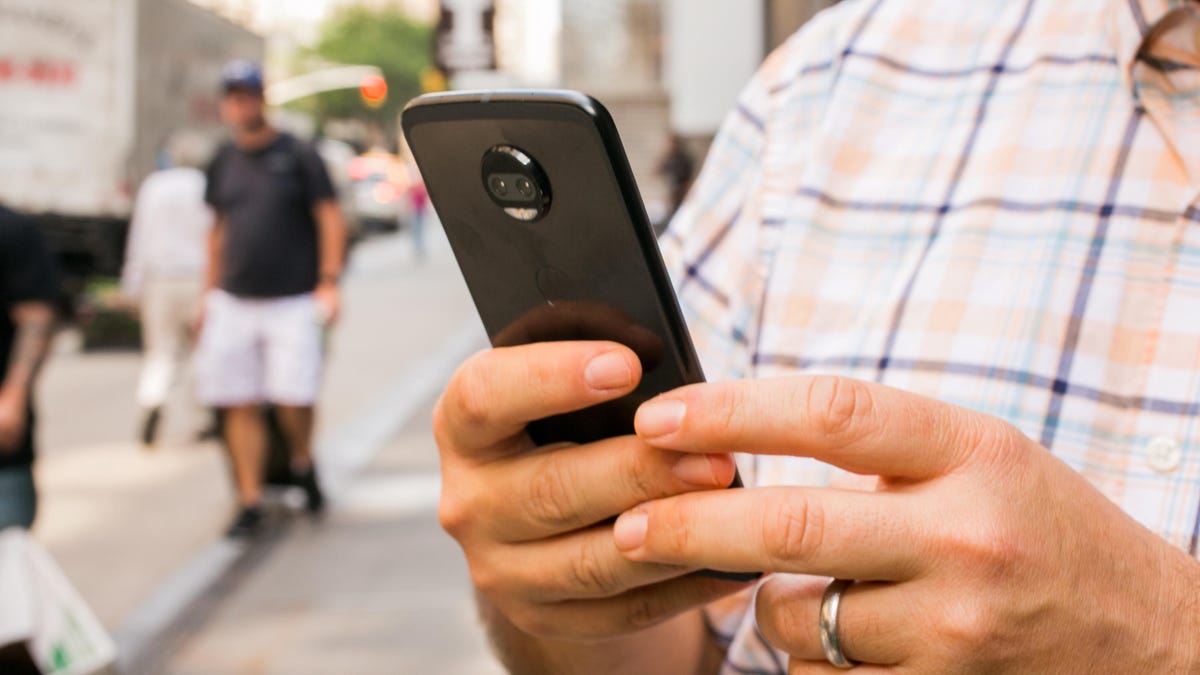California issues guidance on cell phones and health
A state agency doesn't take a firm stance on whether cell phones are dangerous, but it offers recommendations on reducing risks.

A California state agency this week issued guidelines for reducing exposure to wireless signals.
The guidelines, which come from the California Department of Public Health (CDPH), don't state that cell phone are dangerous, nor do they push to abandon cell phone use completely. Instead, they take a more cautionary tone by stating that multiple studies have suggested that the radiofrequency (RF) signals from phones may be linked to certain types of cancer, lower sperm count, memory problems and loss of sleep.
"Some scientists and public health officials believe RF energy may affect human health," the guideline sheet says. "These studies do not establish the link definitely, however, and scientists disagree about whether cell phones cause these health problems and how great the risks might be."
The CDPH's suggestions for reducing exposure to wireless signals are simple and nothing that we haven't already heard from public health advocates. They include not carrying a phone in a pocket or bra, using a headset or speakerphone and limiting cell phone use when your signal is weak. (The FCC also makes these recommendations though it also says it doesn't endorse the need for them.)
The sheet also has a section on limiting cell phone use for young children, who have thinner skulls and developing brains. Some research has suggested that RF energy may cause headaches or hearing loss in kids.
The CDPH's guidelines were issued in draft form last March and then only after a lawsuit from Dr. Joel Moskowitz, the director of the Center for Family and Community Health at UC Berkeley's School of Public Health. Moskowitz, who's been one of the loudest voices pushing for more research and regulation on cell phone use, argued that the CDPH had the responsibility to publicly release the document after first preparing it in 2009.
In a statement, Moskowitz welcomed the release of the guidelines but pushed for more action. "Although California's new cell phone warnings underplay the state of the science, many people consider this action by the largest state public health department to be a significant development," he wrote. "I would like to thank the current leadership of CDPH for their courage to stand up to a powerful industry."
Connecticut published similar guidelines in 2015, but the wireless industry has long pushed back on any such steps from state or local governments. In one of the more prominent cases, the Cellular Telecommunications Industry Association in 2013 successfully blocked the city of San Francisco from issuing notices about the possible dangers of wireless use, arguing that the FCC has concluded using cell phones is safe within certain exposure limits. The tables turned last year, however, when the industry lost a court battle to prevent the city of Berkeley, California, from implementing a similar warning.

